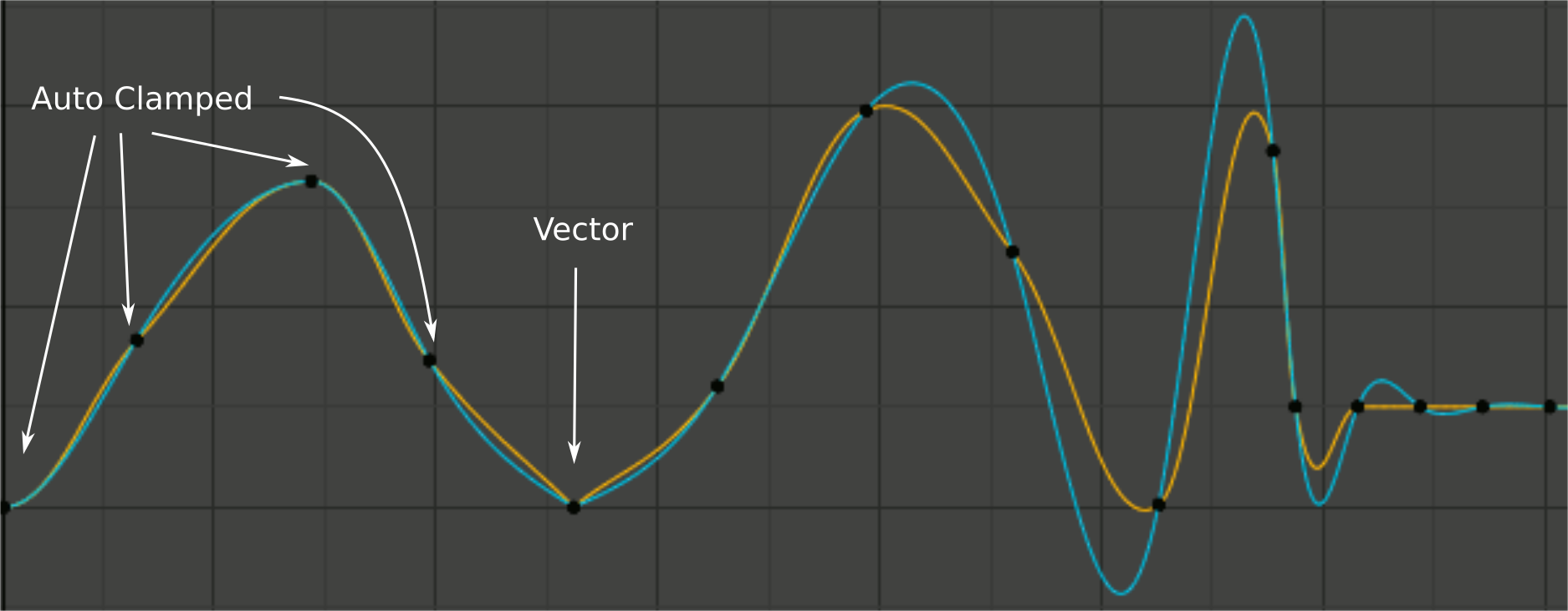
We contribute an interactive content-based video retrieval system that significantly reduces the time taken for clinicians to review videos, using human head movement as an example. This paper reports the development of the system, appropriate for future clinical use without reliance on a technical team, and the clinician involvement in that development. Our work focussed on (i) enabling any patient to share information about progress at home, simply by sharing video and (ii) building intelligent systems to support Physical Therapists (PTs) in reviewing this video data and extracting the necessary detail. Patient video taken at home can provide valuable insights into the recovery progress during a programme of physical therapy, but is very time consuming for clinician review. Conclusion: The study aims for providing the review of clustering and outlier analysis technique and the discussion on the study will guide the researcher for improving their research direction. Results: This study is focusing the review of implementation techniques, recent research on clustering and outlier analysis. The larger data involved in the data mining requires clustering and outlier analysis for reducing as well as collecting only useful data set. There are two primary goals in the data mining which are prediction and classification. Approach: The entire process of applying a computer-based methodology, including new techniques, for discovering knowledge from data is called data mining. The ability to extract useful hidden knowledge in these data and to act on that knowledge is becoming increasingly important in today's competitive world. A great amount of data being generated by such systems it leads to a paradigm shift from classical modeling and analyses based on basic principles to developing models and the corresponding analyses directly from data. Problem statement: The modern world is based on using physical, biological and social systems more effectively using advanced computerized techniques.

(2010) proposed acoustic model adaptation which explained in three models as: (1) to analyze pronunciation variant with knowledge-based and data-derived methods (2) to align knowledgebased and data-derived results in order to list frequently mispronounced phones with their variants (3) to perform a state-clustering procedure with the list obtained from the second step. (2005) proposes a Classification of Techniques for Web Usage Analysis, in which the author provides an application that offer useful insights to address crucial points such as user interests into a particular page, server load balancing, Web site reorganization, clustering of similar browsing patterns, Geetha and Narayanan (2008) studied various clustering method applied for video data base segmentation and retrieval, the study includes shot segmentation, key frame extraction, feature extraction, clustering, indexing and video retrieval-by similarity, probabilistic, transformational, refinement and relevance feedback. The graphical representation of the result of clustering technique is shown in the Fig. We have achieved an overall accuracy of 97.88% in real-time recognition of the activity sequences. For training and validation of our framework we have used the UTKinect-Action Dataset having 199 actions sequences performed by 10 users. Next, these separated single and multi-limb activities have been recognized using sequence-classification.

In the first phase single-limb and multi-limb activities are separated. This paper, introduces a novel framework to recognize single-limb and multi-limb human activities using a Convolution Neural Network.

Because of low cost, high resolution and ease of availability of surveillance cameras, the authors developed a new two-stage intelligent framework for detection and recognition of human activity types inside the premises.
Keyshape autokeyframe manual#
Increasing demand of automatic recognition of human activity in these sectors and need to reduce the cost involved in manual surveillance have motivated the research community towards deep learning techniques so that a smart monitoring system for recognition of human activities can be designed and developed. There is huge requirement of continuous intelligent monitoring system for human activity recognition in various domains like public places, automated teller machines or healthcare sector.


 0 kommentar(er)
0 kommentar(er)
